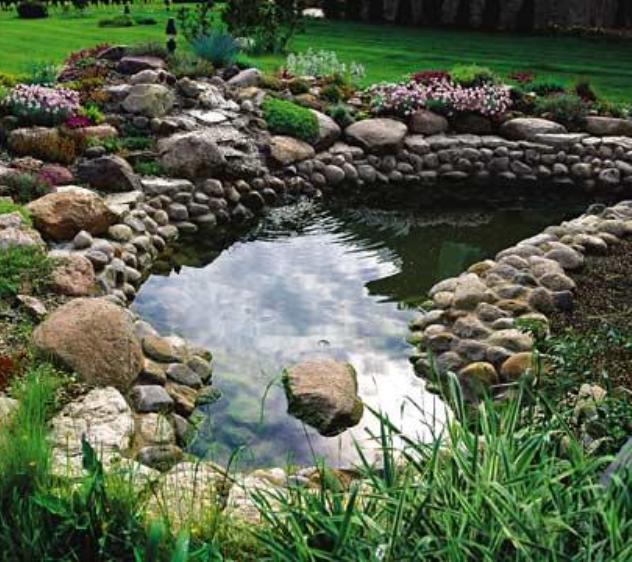Instruction
1
Refrain from the temptation to use the easiest, cheapest, but at the same time, and a wrong way – namely, to fill the marsh with sand or other soil. The swamp is a very sustainable landscape system that is so forthright way you finally succeed.
2
Consider and make in wetlands of the drainage system. The most common types of drains – formation and fricatives. It is possible that for the efficient drainage of the swamp you will need to seek the advice and assistance of specialists. Ultimately, the drainage of waterlogged land will be cheaper than a useless and meaningless time-consuming work of filling and bailing water.
3
In the simplest case, to drain the swamp of water in different areas of swampy land, dig the closed system of trenches having a slope in one direction. The bottom of trenches backfill with gravel, and then put them in the drainage pipes with holes to collect water.
4
If you are not able to destroy the swamp, check out the intermediate, compromise solution. Often these decisions aimed at finding the "Golden mean", are the wise. Two appropriate and the most simple variant – to dig a pond and plant trees.
5
Build on wetlands ornamental pond. In accordance with the laws of physics in the pond will meet all of the swamp moisture gradually evaporating. Not everyone knows that the estate of the French kings at Versailles was originally located in wetlands. To remedy this natural defect in his time was dug Cross the channel.
6
Consider planting in a boggy area of trees. Such species as willow or birch are very active evaporate moisture through their leaves. If you notice the birch trees growing in a swampy area, you will see that this tree is almost always a dry land. Planted birch on a fairly dry site, you will find that under it nothing will grow, because the birch actively sucks from the soil water.
